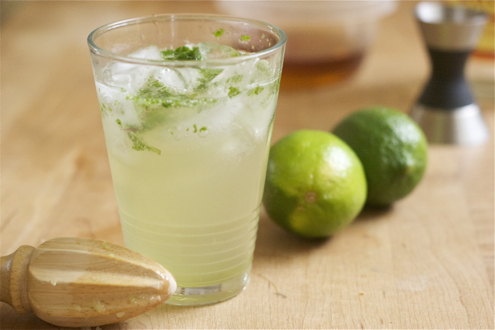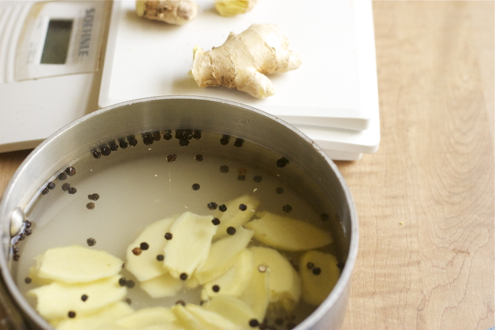 I’m writing this from the car in the corner of the parking lot at the soccer field. My kids got a weird combination of Cliff bars, macaroni and cheese, carrot sticks and apple slices for dinner tonight, depending on where they were going and what they were doing. Last night was slightly better.
I’m writing this from the car in the corner of the parking lot at the soccer field. My kids got a weird combination of Cliff bars, macaroni and cheese, carrot sticks and apple slices for dinner tonight, depending on where they were going and what they were doing. Last night was slightly better.
I have been missing making dinner but I didn’t know how much until I got out my big sauté pan. The way it clangs as I drag it over the iron grate on the stove – I love that sound. My black apron with the orange pig embroidered on the bib has been hanging limply on its peg for weeks. I wrap the long strings twice around my waist then tie them in a bow in front. On the table is a heap of chard, rainbow stems poking out from the wide green leaves, papery garlic, a bottle of aged vinegar with a tiny cork on top, a tall slim green bottle of olive oil and a little prep bowl of dried chili.
I roll up my sleeves. Set the heat to medium high. Then peel and slice a couple of cloves of garlic. Swing an open bottle of green olive oil in a wide circle over the hot pan. A good pinch of dried chili, rough on my fingertips and stinging them a little bit. The garlic goes in then there’s the sizzle and the scent. Don’t let the pan get too hot. In about a minute the garlic slowly becomes golden, molten and then the air is charged with it. I lift a mountain of wet ribbons of rainbow chard and heap them in, up and over the edge of the pan. Turned with a wooden spoon, over and over. They settle down and soften. Pop the lid on and turn down the heat. In ten minutes with a few tosses and turns, they’re nearly done. A splash of sherry vinegar or balsamic vinegar, a little softened butter and a generous pinch of sea salt. Finished. 12 minutes worth of work.
I am not sure why making chard this way is so gratifying. It just is.
Sautéed Swiss Chard
- 2 bunches Swiss Chard
- 2 cloves garlic
- 2 tbsp olive oil
- pinch of red chili flakes
- sherry or balsamic vinegar
- softened unsalted butter
- sea salt
- Wash the chard carefully and slice into 1” ribbons. Do not dry it.
- Heat a 12” sauté pan over medium heat heat while you peel the 2 cloves of garlic and slice them thinly.
- Pour the olive oil over the pan. It should shimmer immediately.
- Add the chili and the garlic. Stir until the garlic is deeply golden. Don’t burn it whatever you do. Brown garlic is bitter and not in a good way.
- When the garlic is golden, add the chard. Toss until it settles down a little and is coated with the olive oil. Clamp a lid on top, turn down the heat and wait 5 minutes.
- Take a peek and toss it. Does it look dry? Add a tablespoon or two of water. Stir and clamp down the lid again. In five minutes the chard should be tender.
- Remove the lid and toss in the butter. Sprinkle about a tablespoon of vinegar over the top. Season with salt to taste – I think about 1/2 a teaspoon should do the trick.
I didn’t write about the kalbi skewers I picked up at the grocery store. Or the nice but bland jasmine rice on the side. There wasn’t much to say about this dinner, but after weeks of bland quick cooking before soccer practice, that little hit of hot garlic was so satisfying.




























